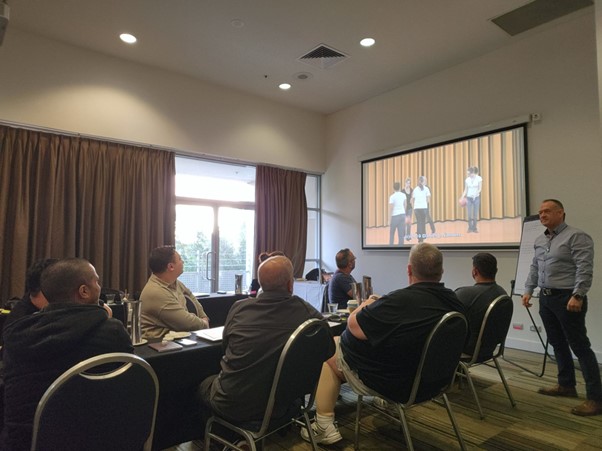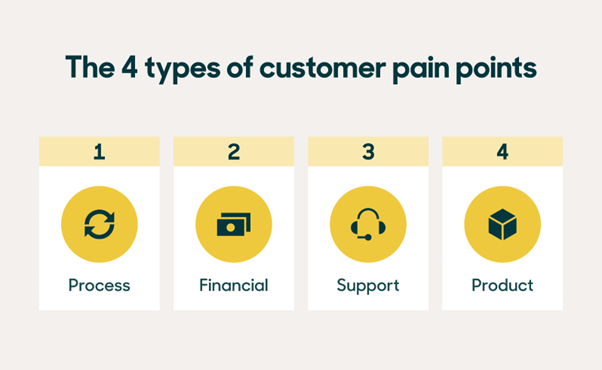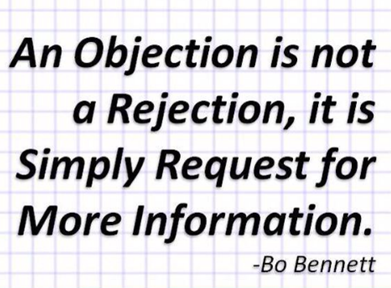It’s easy for salespeople to get caught up in the daily whirlwind of activities and tasks.
They might appear busy, but the critical question for sales managers and leaders is whether their sales team is truly focusing on what is important. As a sales manager, your job is to ensure targets are being hit. When they aren’t, it can be one of your hardest tasks to find out why.
So, what does it mean to be “busy” in sales, and what are some strategies for ensuring your salespeople prioritise what truly matters?

The Perils of being Busy
Busyness can be deceptive. Salespeople can spend hours each day on various tasks, e.g.
- Answering emails
- Attending meetings
- Completing administrative work
Yet fail to make significant progress towards their sales goals.
This phenomenon, often referred to as the “activity trap,” can cause a decrease in productivity, frustration, and missed sales opportunities, the list goes on.
Why do salespeople fall into the busyness trap?
Lack of Priorities
Without clear priorities, salespeople will tend to focus on low-impact tasks while neglecting high-impact activities like:
- Prospecting
- Following up on leads
- Closing deals
Overemphasis on Routine Tasks
Mundane and routine tasks can consume a significant portion of a salesperson’s day, leaving them with little time and energy for strategic activities.
Distractions
Constant interruptions, including unnecessary meetings and non-essential emails, can divert salespeople’s attention from what truly matters. Studies have shown that an average of around 84% of people get distracted at work, and the most common distractions include:
- Emails
- Phone calls/texts
- Co-workers
- The Internet
Ineffective Time Management
Poor time management skills can result in wasted hours and a sense of busyness without accomplishment.

Focusing on What’s Important
To be successful in sales, you need to shift the focus from busyness to activities that drive results. Here are some key areas to concentrate on:
Prospecting: Identifying and reaching out to potential customers is at the core of sales.
Ensure that your sales team allocates sufficient time for prospecting activities, such as:
- Researching leads
- Making initial contact
Building Relationships: Building strong relationships with prospects and clients can lead to repeat business and referrals.
Encourage your salespeople to invest time in nurturing these relationships.
Effective Communication: Train your team to communicate effectively, whether it’s through phone calls, emails, or face-to-face meetings.
Clear communication can make all the difference in closing deals.

Product Knowledge: Statistics have shown that salespeople who have specific product education can sell up to 123% more than those without.
Salespeople should have an in-depth understanding of your products or services. A well-informed salesperson will undoubtably be able to address customer questions and objections more effectively.
Time Management: Teach your team time management skills to help them to:
- Prioritise tasks
- Allocate time to high-impact activities
Strategies for Ensuring Focus is on What’s Important
Now that we’ve established the significance of focusing on what’s important in sales, let’s explore strategies to help your salespeople avoid the busyness trap:
Set Clear Goals: Use S.M.A.R.T Goal setting – specific, measurable, achievable, realistic and timely sales goals.
This helps salespeople understand what they should or shouldn’t prioritise.
Invest in Training and Development: Invest in ongoing training to improve your team’s:
- Sales skills
- Product knowledge
- Time management skills
A well-trained sales team is more likely to focus on what matters.
Use Technology: Implementing sales tools and technology that automates routine tasks, allows your team to spend more time on high-value activities.
Regularly Review Processes: Continuously assess your sales processes to identify bottlenecks and areas for improvement.
Streamlining processes can free up time for essential tasks.
Monitor Progress:
- Keep track of your team’s performance through regular reporting and meetings
- Provide feedback and coaching to ensure alignment with strategic goals
Being “busy” in sales doesn’t always equate to being productive or producing results.
Salespeople need guidance and support to prioritise what really matters.
You can help your sales team focus on what’s important and drive success in your organisation. Just remember that it’s not about how busy they appear, but about the value they bring to the table and the impact they make on your bottom line.
Contact KONA to discuss how our tailored Sales Training Programs can have a positive impact on your sales team.
Call 1300 611 288 or Email info@kona.com.au

















































































































